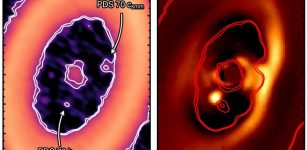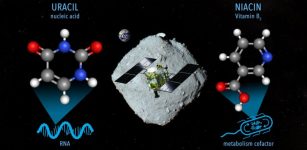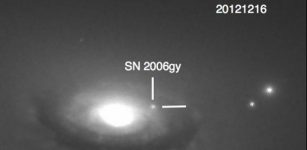Sun’s Super-Heating Enigma Will Be Solved With Parker Solar Probe
Eddie Gonzales Jr. – MessageToEagle.com – Why is its outer atmosphere hotter than its fiery surface? This question has puzzled researchers for long time.
Now, University of Michigan researchers believe they can solve the puzzle, with help from NASA’s Parker Solar Probe, which will enter the zone surrounding the sun where heating looks fundamentally different than what has previously been seen in space.
Solving the riddle would allow scientists to better understand and predict solar weather, which can pose serious threats to Earth’s power grid.
“Whatever the physics is behind this superheating, it’s a puzzle that has been staring us in the eye for 500 years,”Justin Kasper, a U-M professor of climate and space sciences and a principal investigator for the Parker mission, said in a press release.
“In just two more years, Parker Solar Probe will finally reveal the answer.”
Parker Solar Probe is NASA’s first mission to the sun, focusing on hottest and outermost atmosphere of our star, the corona.
Such high temperatures cause the solar atmosphere to swell to many times the diameter of the sun and they’re the reason we see the extended corona during solar eclipses. In that sense, Kasper says, the coronal heating mystery has been visible to astronomers for more than a half millenium, even if the high temperatures were only appreciated within the last century.
“With Parker Solar Probe we will be able to definitively determine through local measurements what processes lead to the acceleration of the solar wind and the preferential heating of certain elements,” Klein said.
“The predictions in this paper suggest that these processes are operating below the Alfvén surface, a region close to the sun that no spacecraft has visited, meaning that these preferential heating processes have never before been directly measured.”
Kasper is the principal investigator of the Solar Wind Electrons Alphas and Protons Investigation on the Parker Solar Probe. SWEAP’s sensors scoop up the solar wind and coronal particles during each encounter to measure velocity, temperature and density, and shed light on the heating mystery.
Read more – here.
Written by Eddie Gonzales Jr. – MessageToEagle.com Staff Writer











